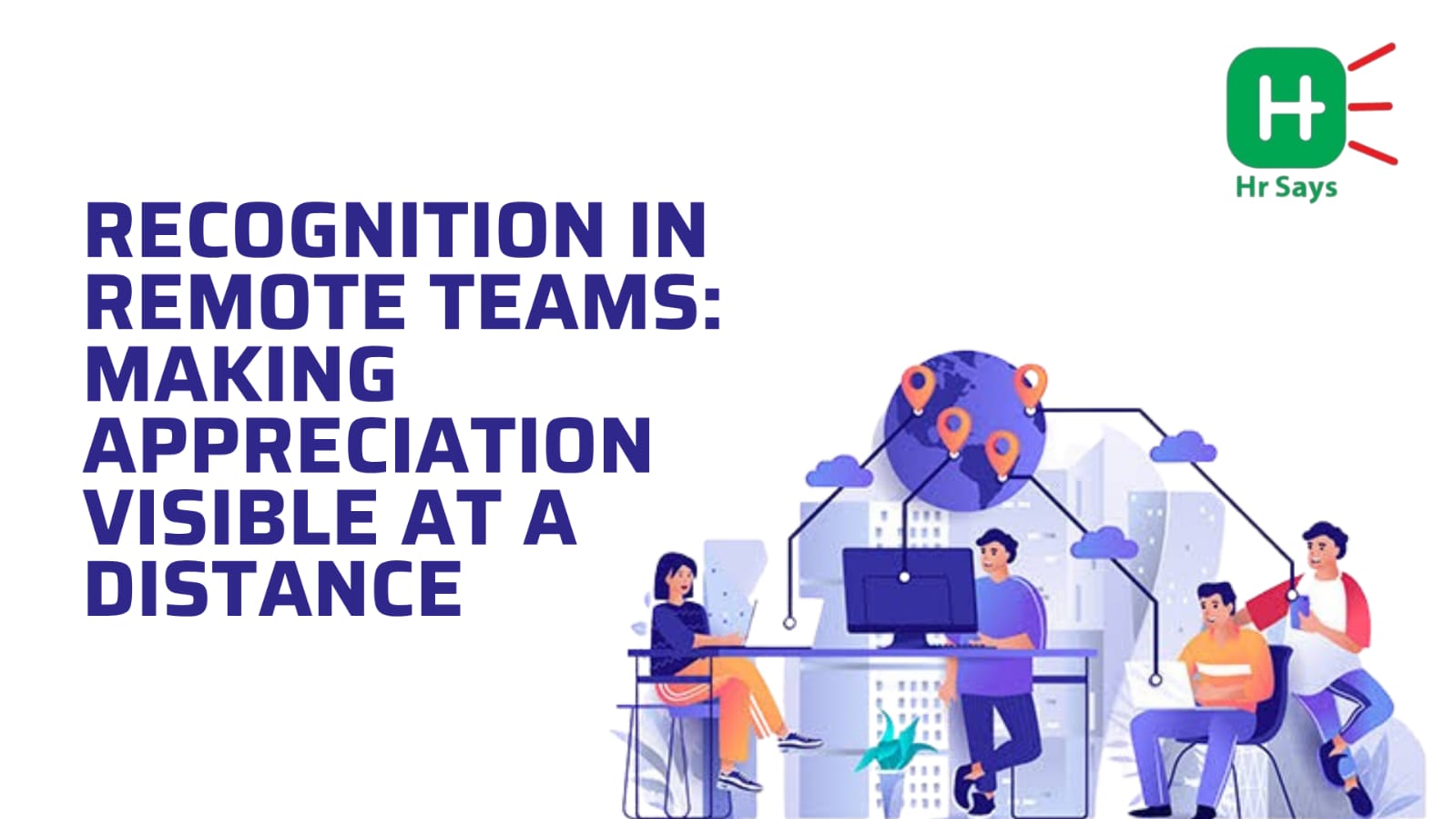Can gratitude survive a mute button? In physical offices, a “good job” lands easily. A nod. A smile. In remote work, silence is louder. Recognition, if not made visible, can quietly disappear. And so can motivation.
A Digital Thank You Isn’t Enough
Ping. “Thanks for the great work.” It’s nice. But it often feels flat. Remote recognition, when not thoughtful, starts to feel like auto-replies. People can sense the difference.
To make appreciation matter at a distance, it must be:
● Personal
● Specific
● Public (when appropriate)
● Consistent
But these don’t happen by accident. They must be designed.
The Disconnection Dilemma
When working remotely, people aren’t seen by default. Effort goes unnoticed. Wins slip through cracks. People start wondering: “Does anyone know what I did this week?” “Did it even matter?”
This doubt doesn’t scream. It simmers. And then, it spreads.
Over time, this leads to:
● Lower engagement
● Higher turnover
● Loss of team trust
All preventable. But only if recognition is intentional.
Signals That Stick
Recognition doesn’t need glitter. It just needs weight.
A few remote-friendly ways that actually work:
● Shout-outs in team calls (with details, not just names)
● "Win of the Week" threads on Slack or Teams
● Handwritten notes mailed home—yes, they still surprise
● Peer-to-peer kudos tools like Bonusly or Karma
● Manager 1:1 praise with clear impact: “Because of your update, the client signed off
early.”
These don’t take much time. But they anchor people. They remind them: You are seen. You are
valued.
Why Leaders Must Lead This
Recognition isn’t HR’s job alone. It’s a leadership habit. And remote leaders have one job above
all: Make people feel visible without being in the room.
Managers who:
● Notice the quiet contributors
● Praise progress, not just outcomes
● Reflect gratitude without waiting for milestones
...They build loyalty. Not by big gestures—by showing up with small, steady signals.
Conclusion
Remote work isn’t the problem. Invisible recognition is.
When people are appreciated at a distance, their screens don’t feel like barriers. They feel like
windows. But if feedback is weak or praise feels like filler, motivation fades.
So, recognition must be done loud enough to feel, and clear enough to believe.
Distance doesn't kill connection. Silence does.

 Appreciation shouldn’t get lost in Wi-Fi. In remote teams, recognition must travel across screens—clear, timely, and real. Otherwise, distance doesn't just separate locations; it separates people from purpose.
Appreciation shouldn’t get lost in Wi-Fi. In remote teams, recognition must travel across screens—clear, timely, and real. Otherwise, distance doesn't just separate locations; it separates people from purpose.












.jpeg)












.jpeg)